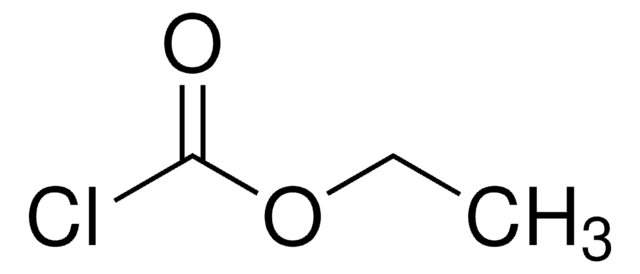Kluczowe dokumenty
219924
4-Hydroxy-3-nitrophenylacetic acid
99%
About This Item
Polecane produkty
Próba
99%
mp
146-148 °C (lit.)
rozpuszczalność
ethanol: soluble 5%, clear, yellow to orange
grupa funkcyjna
carboxylic acid
nitro
ciąg SMILES
OC(=O)Cc1ccc(O)c(c1)[N+]([O-])=O
InChI
1S/C8H7NO5/c10-7-2-1-5(4-8(11)12)3-6(7)9(13)14/h1-3,10H,4H2,(H,11,12)
Klucz InChI
QBHBHOSRLDPIHG-UHFFFAOYSA-N
Szukasz podobnych produktów? Odwiedź Przewodnik dotyczący porównywania produktów
Powiązane kategorie
Opis ogólny
Zastosowanie
Hasło ostrzegawcze
Warning
Zwroty wskazujące rodzaj zagrożenia
Zwroty wskazujące środki ostrożności
Klasyfikacja zagrożeń
Eye Irrit. 2 - Skin Irrit. 2 - STOT SE 3
Organy docelowe
Respiratory system
Kod klasy składowania
11 - Combustible Solids
Klasa zagrożenia wodnego (WGK)
WGK 3
Temperatura zapłonu (°F)
Not applicable
Temperatura zapłonu (°C)
Not applicable
Środki ochrony indywidualnej
dust mask type N95 (US), Eyeshields, Gloves
Wybierz jedną z najnowszych wersji:
Masz już ten produkt?
Dokumenty związane z niedawno zakupionymi produktami zostały zamieszczone w Bibliotece dokumentów.
Nasz zespół naukowców ma doświadczenie we wszystkich obszarach badań, w tym w naukach przyrodniczych, materiałoznawstwie, syntezie chemicznej, chromatografii, analityce i wielu innych dziedzinach.
Skontaktuj się z zespołem ds. pomocy technicznej








